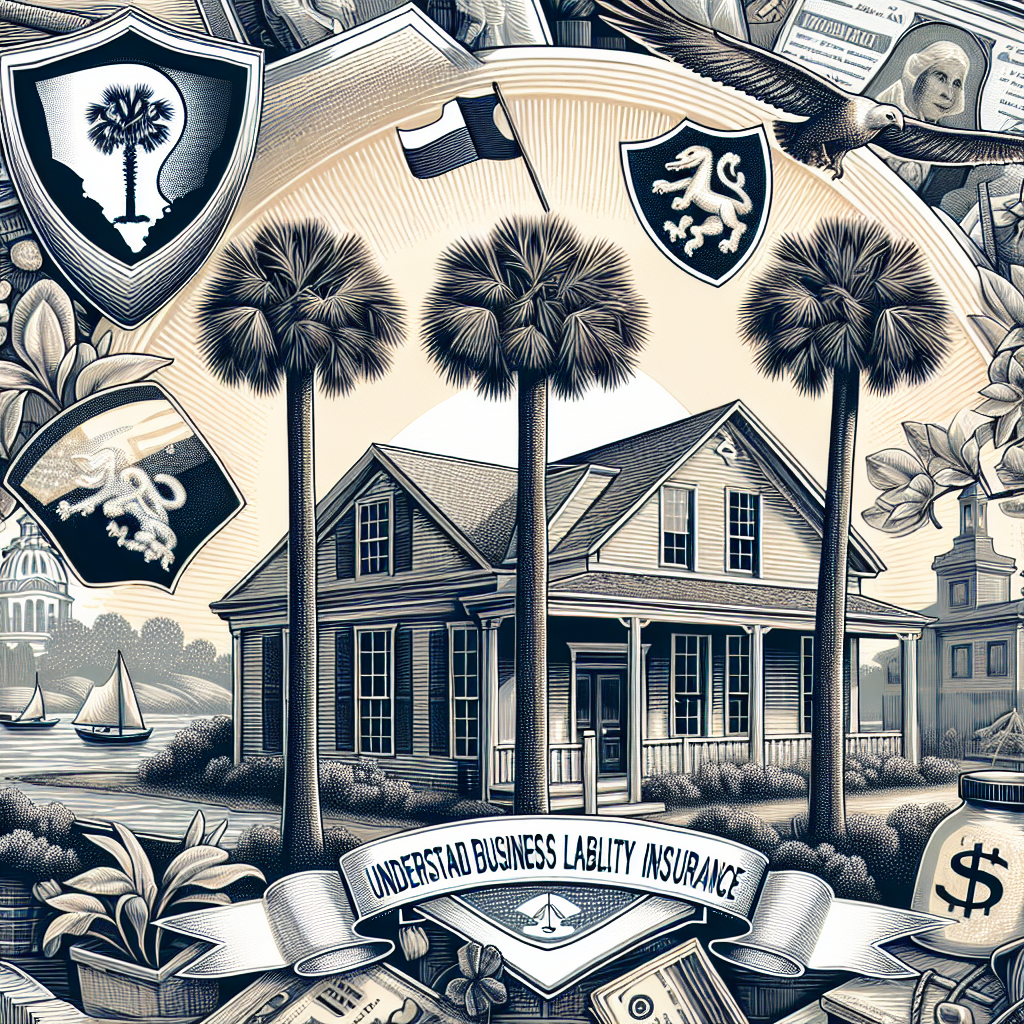Filed under Home Insurance on
Understanding Essential Home Insurance Coverages

Home insurance is a safety net that safeguards your most valuable asset—your home. However, understanding essential home insurance coverages can be complex, given the multitude of options available. This guide demystifies the core components of home insurance, helping you make informed decisions about protecting your home and belongings.
What Is Home Insurance?
Home insurance, also known as homeowner's insurance, is a policy that provides financial protection against disasters and accidents involving your home. Standard policies cover the home's structure, personal belongings, liability protection, and living expenses if you need to temporarily relocate. Let's delve deeper into these essential home insurance coverages.
Structural Coverage: Protecting Your Home’s Foundation
Structural coverage is the cornerstone of any home insurance policy. This element covers the physical structure of your home, including the roof, walls, and foundation, against risks such as fire, wind, or vandalism. According to industry experts, it's crucial to ensure your policy covers the cost of rebuilding your home at current prices.
- Coverage Amount: It's advisable to insure your home for its full replacement cost, not its market value. This ensures you can afford to rebuild if disaster strikes.
- Exclusions: Be aware that standard policies usually do not cover floods or earthquakes, so additional coverage may be necessary.
Personal Property Coverage: Securing Your Belongings
Personal property coverage protects the items inside your home, from furniture and electronics to clothing and valuable jewelry. This coverage typically provides protection whether items are damaged or stolen at home or away.
Understanding Coverage Limits
Most policies set limits on personal property coverage, often between 50% to 70% of your structural coverage limit. Conducting a home inventory can help determine if these limits are sufficient for your needs.
Special Items
High-value items like artwork or collectibles may require additional coverage. Discussing these with your insurer ensures they're adequately protected.
Liability Protection: Safeguarding Your Finances
Liability protection shields you from financial loss if you're held responsible for injury or damage to someone else's property. This coverage stands as a buffer, covering legal costs and any resultant damages.
- Coverage Scope: This includes everything from legal fees to payouts in the event of a lawsuit.
- Personal Liability: Coverage often starts at $100,000, but higher limits might be more appropriate depending on your assets and exposure.
Additional Living Expenses: Coverage When Displaced
If your home becomes uninhabitable due to a covered peril, additional living expenses (ALE) coverage reimburses you for temporary housing and associated costs. This is a critical component in understanding essential home insurance coverages, as it maintains your standard of living during unexpected disruptions.
- Coverage Details: ALE covers hotel bills, dining expenses, and even the costs of laundry or storage.
- Policy Limits: Policies often limit ALE coverage to a percentage of your dwelling coverage, so understanding these limits is essential.
What Isn’t Covered: Common Exclusions
While home insurance offers broad protection, certain perils are generally excluded from standard policies. Being aware of these can help you address additional coverage needs.
Flood and Earthquake Insurance
Floods and earthquakes require separate policies. Insurers like FEMA and private companies offer flood insurance, while earthquake coverage can be added as an endorsement to your existing policy.
Maintenance Issues
Damage from lack of maintenance or general wear and tear is typically not covered. Regular upkeep and timely repairs are essential to avoid costly out-of-pocket expenses.
Trends in Home Insurance: Adapting to a Changing World
Understanding essential home insurance coverages also involves staying informed about industry trends. As climate change and technology reshape the landscape, insurers are adapting their approaches.
Increased Weather-Related Claims
Data shows rising weather-related claims, prompting many insurers to adjust coverage options and premiums. It's vital to review your policy frequently to ensure it aligns with evolving risks.
Smart Home Discounts
Many insurers offer discounts for homes equipped with smart technology, such as security systems or water leak sensors, recognizing these can reduce risk and potential claims.
Choosing the Right Policy: Tips for Homeowners
Finding the right home insurance policy requires careful consideration of your specific needs and budget. Here are some tips to guide you through this process:
- Compare Multiple Quotes: To find the best coverage at a competitive price, obtain quotes from several insurers.
- Review Your Deductible: A higher deductible can lower your premiums but requires more out-of-pocket expenses if you file a claim.
- Assess Customer Service: Consider insurers' customer service ratings and reviews to ensure reliable support when needed.
- Review Annually: Major life events, like home improvements or acquiring costly items, may necessitate policy adjustments.
The Role of an Insurance Agent
An insurance agent can be an invaluable resource in understanding essential home insurance coverages. They can provide personalized advice, help you assess risks, and recommend coverage tailored to your situation. Building a relationship with a reputable agent can facilitate ongoing adjustments to your policy, ensuring continuous, comprehensive protection.
Conclusion: Empowering Your Home Insurance Choices
Understanding essential home insurance coverages is critical in securing the financial safety and comfort of your home and family. By being informed about structural, personal property, liability, and additional living expenses coverages, you can tailor a policy that meets your unique needs. Stay informed about trends and regularly review your policy to adapt to changes in your home or lifestyle. With the right knowledge and resources, you can confidently navigate the complexities of home insurance and protect what matters most.





